Research and discussion topics

Introduction
The news story suggests lots of interesting topics for discussion and research.
Take a look at those we've picked out from the text. Compare ours with those you found using the methods in Getting the topics.
In groups discuss the differences. This isn't about right or wrong. Your choice is as good as ours as long as you can explain and defend it.
Now have a go at some of the topics - ours or yours.
Selected topics
The first human mission to Mars can be made much safer.
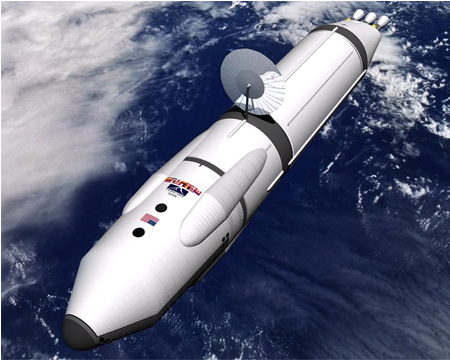
Should we spend billions of dollars and risk the lives of the astronauts on a dangerous, 18-month mission to an uninhabited planet, just to look around and then come back again?
"Yes," say the enthusiasts. "Humans are naturally adventurous. Without people willing to take a chance, to explore new places, new ideas and new ways of doing things, we would all be living in caves and eating nuts and berries."
"No," say the doubters. "The money would be better spent on medical research and solving everyday problems here on Earth. What is the point of going to a dead planet. What's the point of space travel?"
Take a look at some of the comments the BBC received when they raised the question: Should we send humans to Mars?
In groups, prepare a presentation in support of one of the following positions:
-
1) Humans should travel to Mars as soon as they can.
-
2) Manned space travel is a waste of time and money.
Take a vote before preparing the presentations and after. Discuss any shift in thinking that takes place. Investigate why your classmates changed their minds. Did it happen because of their own efforts to find good arguments or because of what they heard from others? What does this tell you?
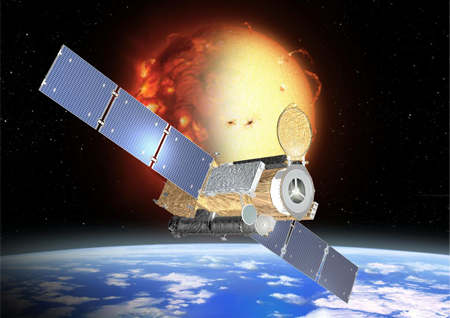
The sun sends out storms of particles that damage satellites, create the northern and southern lights, and cause electrical blackouts.
Research the causes of aurorae and blackouts. In groups prepare a presentation, with plenty of illustrations and images, that tells the story of one of the following:
1) a northern lights display
2) the Ontario blackout and its after-effects
2) a satellite being damaged by the solar wind
Useful sites: satellites and space weather; blackouts and communication problems; aurorae and more aurorae.
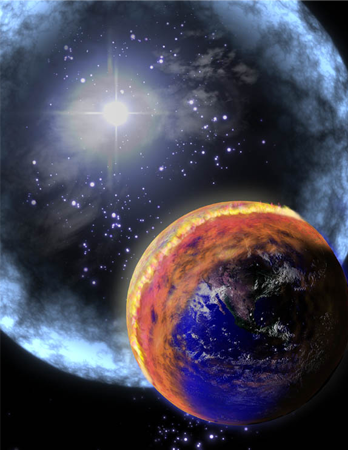
If they reached the surface in large numbers they would make most life on Earth, including human life, impossible.
The universe is a dangerous place for soft and squishy lifeforms.
Most of the objects in it are spewing out dangerous radiation. And every now and then one of them does something incredibly explosive and bathes the whole of nearby space with deadly rays that wipe out every living thing they touch.
The fossil record shows that mass extinctions have taken place a number of times in the long history of life on Earth. The worst of these wiped out up to 95% of all species on the planet. The last mass extinction was 65 million years. It took away the dinosaurs.
Make a list of the biggest mass extinctions, what they are called and when they happened. What forms of life did Earth lose at each of them?
Select one of these mass extinctions to look at in more detail: List the possible causes that scientists have suggested for that particular mass extinction. Then decide how many of these involve radiation from space at some point.
Explain it all in a short presentation.
Useful places to start with your research are this science search engine and the link on the image to the right.
[More words: species, individual, breed, fertile, fossil, particles, energy ]
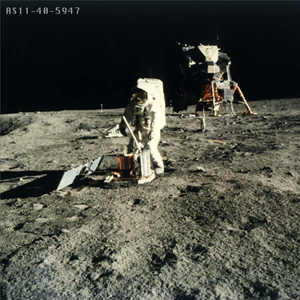
So it was possible to miss meeting a solar storm. And they all did - although at times it was a close call.
How close?
Tell the story of the Apollo missions in a 10-minute, multimedia presentation, paying particular attention to the danger the astronauts faced from the solar wind or radiation from the stars.
During your research for this you might like to look at Apollo to the Moon and Apollo program from the Smithsonian, and The Apollo Space Program from US Space Flight History.
Just to remind ourselves what this story is all about: Why are those guys in the picture on the left in much more danger from the solar wind, if it suddently got stronger than their colleagues at Mission Control back in Houston?
Both these approaches gave the same answer.

What if they hadn't?
If it was easy to understand and control how plasma behaves, cheap electricity from nuclear fusion would be here already - and the world would be a very different place.
A common criticism is that getting controlled nuclear fusion, researchers say, is around 40 years in the future. But they've been saying that more or less since they first started investigating it 50 years ago.
Controlled nuclear fusion always seems to be 40 years in the future. (Uncontrolled fusion is what happens in the most destructive of nuclear weapons - the hydrogen bomb. But that is useless.)
The more we learn about how to create a small piece of a star here on Earth, then understand and control it, the more we learn how very difficult it is.
So the fact that all three pieces of science research mentioned in this story gave the same answer about making small magnetic bubbles around spacecraft is very promising.
Find where in the story the three pieces of research - one done last year and two more recently - are mentioned. In your own words and a sentence for each of them, what are they?
Take a look and have a listen to what scientists and engineers mean by theory and experiment.
Now answer this question about each of the three pieces of research. Was it theoretical or experimental? Give reasons for your answer.
What do scientists do if the results from theory and experiment do not agree?
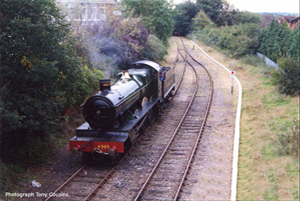
This is not the end of the line for this research.
Put together a sentence or two in your own words explaining what the researchers would like to do next.
If you were part of the team that carried out this research, what questions would you still have about magnetic bubbles and spacecraft?
What would you like to do, to try to answer those questions?
The results are very promising, not to mention reassuring for anyone who dreams of being on that first mission to Mars.
Write a letter to the new president of the United States explaining why you would like to be part of the first mission to Mars and what special skills you would bring to life aboard the spaceship or on the surface of Mars.
Want more?
-
1. Have a listen to Strathclyde University physicist Bob Bingham.
2. Take a look at the very latest space weather put together from information coming in all the time, from spacecraft such as ACE, WIND, SOHO and GOES.
-
"Around the clock, the sky is raining silver and gold - not to mention copper, zinc, hydrogen, carbon, oxygen, and other elements. These atomic particles travel near the speed of light toward Earth, steadily drenching the planet with a teeming downpour. If it weren't for the protective umbrellas of our atmosphere and magnetosphere, we'd be soaked."
-
3. See exactly how radiation causes damage to humans in space, and brush up the facts at BBC Bitesize.
-
4. Find everything you wanted to know about space weather, including activities, projects and problems - and even more about space weather.
-
5. What is the magnetosphere?
6. Solar wind at Teachers' Domain.
-
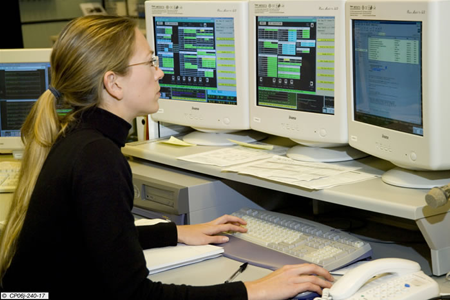
7. Fusion on film. Fusion at ITER and at JET. Education at ITER
8. All about the Earth-Sun system.
9. Jim Lovell on Apollo 13, the luckiest mission.
9. Nuclear fusion movies from JET.
